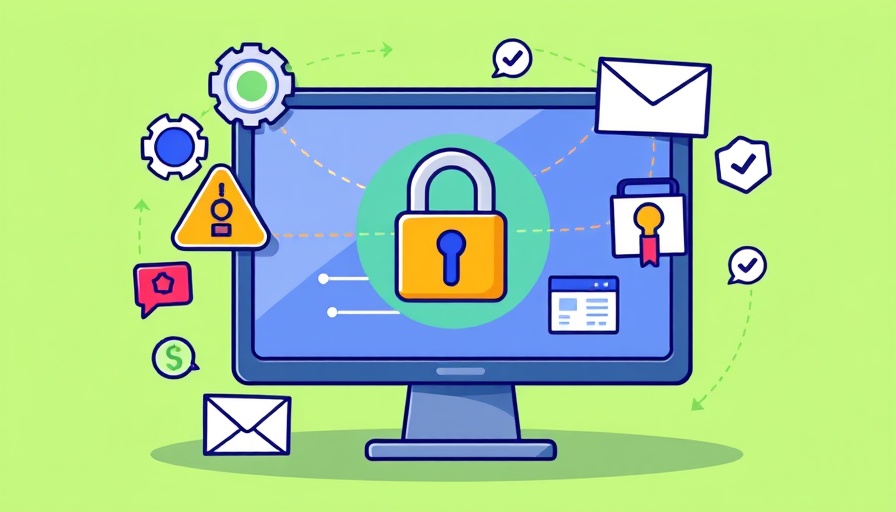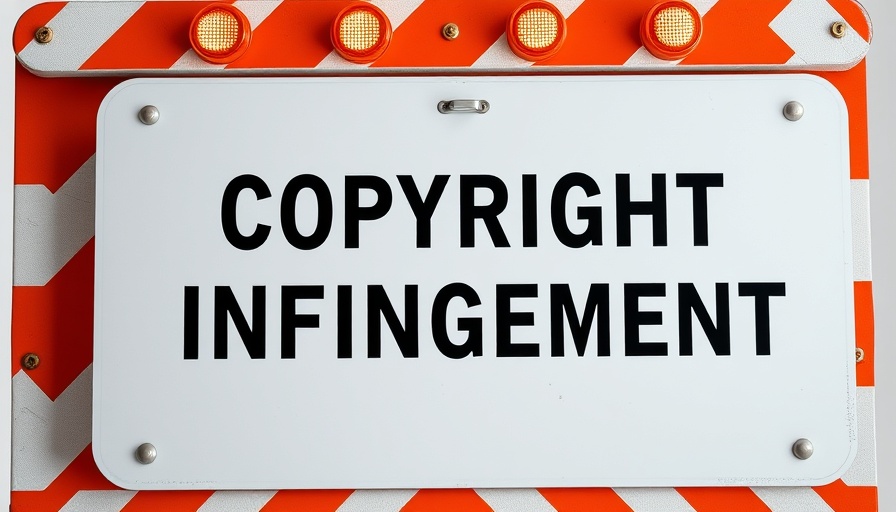
Understanding the Growing Threat of Scams in Business
In a world increasingly driven by technology, scams targeting small businesses have evolved from occasional nuisances to significant threats. Small business owners are often unwitting targets, as these entities lack the cybersecurity resources of larger corporations. Shocking statistics reveal that there is a cyber attack every 11 seconds on small businesses, and a staggering 60% of those that experience a cyber attack may go out of business within six months. Recognizing these threats and understanding the actions necessary to protect oneself is crucial.
The Scams You Need to Know About
Scammers continuously develop new, sophisticated methods aimed at stealing sensitive information. Small businesses are vulnerable to various types of scams, including phishing, spear phishing, and whaling. Phishing scams, whether via email or SMS (known as smishing), try to trick recipients into clicking malicious links or providing personal data. Spear phishing targets specific individuals within a company, creating highly convincing scenarios that can deceive even the most vigilant employee. On the other hand, whaling goes further by targeting senior executives and those with access to sensitive data.
Even tax professionals are not immune to these scams, as they face the risk of identity theft targeted specifically at their Electronic Filing Identification Numbers (EFINs). Criminals impersonate legitimate business contacts to bait professionals into handing over crucial information. Recognizing these threats is the first step in countering them.
Spotting Warning Signs of a Scam
Awareness is your best defense. Common warning signs of potential scams include:
- An unexpected email or text message purporting to be from a trusted source, such as your bank or a governmental agency.
- Duplicate messages from known contacts that may contain suspicious attachments or links.
- Urgent messages that create a false sense of emergency, urging the recipient to act quickly.
- Email addresses or links that display minor typographical mistakes, which can often indicate fraudulent communication.
Vigilance in identifying these signs can help protect both you and your business.
Protective Measures Against Scams
The IRS has developed a set of six protective measures known as the “Security Six” to help safeguard your business against scams:
- Anti-virus Software: This is the first line of defense. Ensure your software is up-to-date and actively running.
- Password Protection: Strong, unique passwords prevent unauthorized access to sensitive accounts.
- Two-Factor Authentication: This adds a layer of security, ensuring that even if a password is compromised, additional verification is required.
- Regular Software Updates: Keeping software updated helps eliminate vulnerabilities for scammers to exploit.
- Education and Training: Regularly training your staff on the latest scam trends enhances preparedness.
- Monitoring Financial Accounts: Actively monitoring accounts helps to catch unauthorized transactions quickly.
Implementing these measures can dramatically decrease the likelihood of falling victim to a scam.
Why Awareness is Key
As a business owner, understanding the landscape of cyber threats is essential. Not only for your business's survival but also for the protection of your employees and clients. As scams become more sophisticated, your vigilance is your best asset. Don't wait until it's too late; develop a proactive stance against potential threats to ensure your business remains secure.
Take Action Now
It’s imperative to take action now by educating yourself and your employees about the risks and protective measures available. Use the IRS’s resources and consult with cybersecurity professionals to enhance your defenses against these insidious threats. The future of your business may depend on it.
 Add Row
Add Row  Add
Add 




Write A Comment